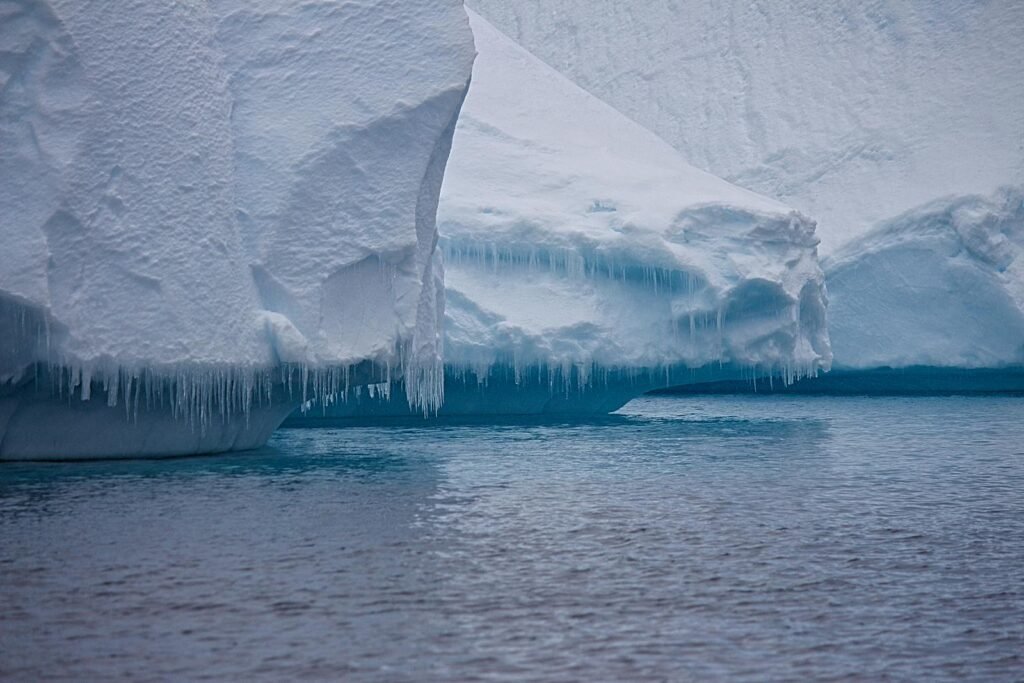Picture this: a landmass three times the size of Texas, buried under ice so thick it could swallow the Empire State Building 17 times over. Greenland’s ice sheet holds enough frozen water to raise global sea levels by 24 feet – and scientists are increasingly worried we’re pushing it past a dangerous threshold. The “point of no return” isn’t just scientific jargon; it’s the moment when this massive frozen reservoir begins an unstoppable journey toward complete collapse, regardless of what we do to stop it. What unfolds after crossing this line would reshape coastlines, displace millions, and fundamentally alter life as we know it.
The Science Behind Ice Sheet Collapse

When scientists talk about crossing the point of no return, they’re describing a phenomenon called hysteresis – essentially, the ice sheet behaves like a massive switch that can’t be flipped back once triggered. Think of it like pushing a boulder down a steep hill; once it gains enough momentum, you can’t stop it even if you suddenly become ten times stronger. The Greenland ice sheet sits in a bowl-shaped depression, and as warming temperatures cause surface melting, that water flows to the bedrock below, lubricating the ice’s movement toward the ocean. This process creates a feedback loop where melting accelerates more melting, making the collapse self-sustaining. Once this cycle reaches a critical threshold, the ice sheet commits to shrinking dramatically over centuries, even if global temperatures somehow returned to pre-industrial levels.
Current Warning Signs We’re Already Seeing

The signs are appearing faster than scientists initially predicted, and they’re frankly terrifying in their scope. Greenland has been losing ice at an average rate of 280 billion tons per year since 2002 – imagine 112 million elephants disappearing annually and you’ll get close to grasping this scale. Massive surface lakes that form during summer melt seasons are now draining through cracks in the ice, carrying warm water deep into the sheet’s interior where it was never supposed to reach. Glacial rivers that once flowed predictably are now raging torrents, carving new channels and destabilizing ice formations that have existed for millennia. Perhaps most alarming, the edges of the ice sheet are retreating inland at accelerating rates, exposing dark rock and soil that absorb more heat than reflective white ice.
The Domino Effect on Global Ocean Currents

When Greenland’s ice melts, it doesn’t just add water to the oceans – it fundamentally disrupts the planetary circulation system that has regulated Earth’s climate for thousands of years. The massive influx of fresh water from melting ice dilutes the salty North Atlantic, potentially shutting down the Atlantic Meridional Overturning Circulation, which includes the Gulf Stream. This ocean conveyor belt currently carries warm water northward and cold water southward, keeping Europe surprisingly warm for its latitude and maintaining stable weather patterns across the globe. Without this circulation, London could experience winters similar to those in northern Canada, while tropical regions might become even hotter and more chaotic. The ripple effects would touch every continent, creating new deserts in some areas while flooding others with unprecedented rainfall.
Catastrophic Sea Level Rise Projections

The numbers behind Greenland’s complete collapse are staggering enough to reshape world maps entirely. If the entire ice sheet melted, coastal cities from Miami to Mumbai would disappear beneath 24 feet of additional ocean water – that’s roughly equivalent to submerging a two-story house up to its roof. However, the collapse wouldn’t happen overnight; current models suggest the process would unfold over 300 to 1,000 years, giving us a deceptively gradual timeline that masks the ultimate devastation. Even a partial collapse involving just 30% of the ice sheet would still raise sea levels by over 7 feet, enough to permanently flood major population centers and agricultural regions. The psychological impact of watching coastlines slowly but inevitably retreat would create unprecedented refugee crises and reshape human civilization’s relationship with the ocean.
Impact on Arctic Ecosystems and Wildlife

The Arctic ecosystem, already fragile and interconnected, would face complete transformation as Greenland’s ice disappears. Polar bears, the iconic symbols of Arctic survival, would lose crucial hunting grounds as sea ice diminishes and coastal ice shelves collapse into the ocean. Arctic foxes, seals, and walruses depend on stable ice formations for breeding, feeding, and migration – patterns that have evolved over thousands of years but could be disrupted within decades. Marine ecosystems would also suffer as the influx of fresh water alters ocean chemistry and temperature, potentially triggering massive die-offs of fish populations that form the base of Arctic food webs. The tundra regions currently kept frozen by Greenland’s cooling influence would thaw more rapidly, releasing stored carbon and methane while destroying habitats for countless species adapted to permafrost conditions.
Greenland’s Role in Global Weather Patterns

Greenland’s ice sheet acts like a massive air conditioning unit for the Northern Hemisphere, and losing it would fundamentally alter weather patterns worldwide. The ice sheet’s brilliant white surface currently reflects about 80% of incoming solar radiation back to space, helping to moderate global temperatures – a process scientists call the albedo effect. Without this reflective barrier, darker land and ocean surfaces would absorb significantly more heat, accelerating warming far beyond current projections. The jet stream, which governs weather patterns across North America and Europe, relies partly on the temperature contrast between the Arctic and lower latitudes; disrupting this balance could lead to more extreme weather events, including prolonged droughts, intense storms, and unpredictable seasonal shifts. Agricultural regions that have sustained human civilization for centuries could become unsuitable for traditional farming, while new growing areas might emerge in previously frozen territories.
Economic Consequences of Ice Sheet Collapse
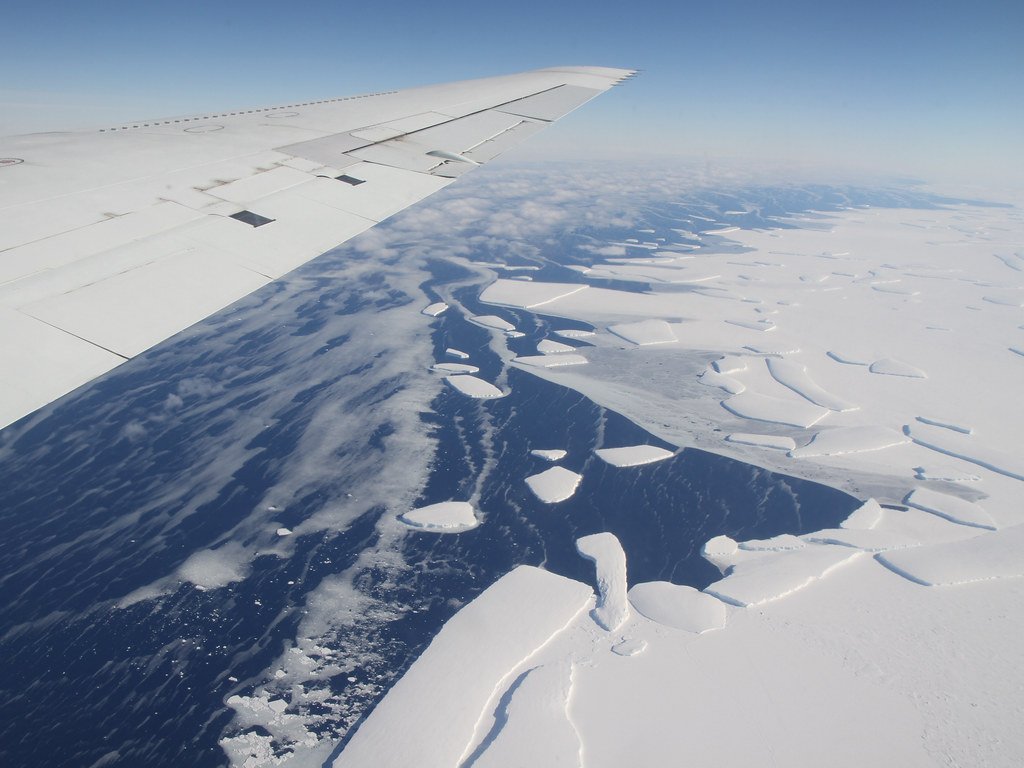
The economic devastation from crossing Greenland’s tipping point would dwarf any financial crisis in human history. Coastal real estate worth trillions of dollars would gradually become worthless as rising seas make entire neighborhoods uninhabitable, while insurance companies would face bankruptcy from unprecedented flood damage claims. Agricultural productivity would plummet in some regions due to changing precipitation patterns and extreme weather, while other areas might see temporary benefits before soil degradation sets in. The shipping industry would face massive infrastructure costs as ports require constant elevation and reinforcement, while entire coastal cities would need to be relocated or abandoned entirely. Tourism economies built around stable coastlines and predictable seasons would collapse, but new opportunities might emerge as previously inaccessible Arctic regions become navigable year-round.
Timeline of Irreversible Changes

Understanding when these changes would unfold is crucial for grasping both the urgency and the long-term nature of this crisis. Scientists estimate that once triggered, the initial acceleration phase would become apparent within 50 to 100 years, with dramatic increases in ice loss rates and visible changes to Greenland’s coastline. The most rapid period of collapse would likely occur between 100 and 300 years after crossing the threshold, when massive ice shelves begin breaking away and glacial flow rates increase exponentially. However, the complete process could extend over 1,000 years, meaning dozens of human generations would live with the consequences of decisions made today. This extended timeline creates a unique challenge for humanity: the people who trigger the collapse may never see its worst effects, while future generations will inherit a fundamentally altered planet with no ability to reverse the changes.
Feedback Loops That Accelerate Collapse

Once Greenland’s ice sheet begins its irreversible decline, multiple feedback mechanisms would work together to accelerate the process beyond current scientific projections. The albedo feedback loop represents the most significant accelerator: as white ice disappears, darker surfaces absorb more heat, causing faster melting and exposing even more dark surfaces in an endless cycle. Meltwater pooling on the ice surface creates another dangerous feedback, as these dark lakes absorb solar energy and warm the ice from above while also penetrating through cracks to lubricate the ice sheet’s base. Rising sea levels would push warm ocean water further under coastal ice shelves, melting them from below and destabilizing inland ice that was previously secure. Perhaps most concerning, the collapse could trigger the release of massive amounts of methane trapped beneath the ice, creating additional greenhouse gas emissions that would accelerate global warming far beyond current climate models.
Regional Impacts on North America

North America would experience some of the most dramatic and immediate consequences of Greenland’s ice sheet collapse, fundamentally altering the continent’s geography and habitability. The Eastern Seaboard, home to megalopolises like New York, Boston, and Washington D.C., would face gradual but relentless inundation, forcing the largest internal migration in American history. Florida’s entire southern region, including Miami and the Everglades, would become permanently submerged, while low-lying areas of Louisiana, Texas, and the Carolinas would require massive engineering projects or complete abandonment. The Great Lakes region might initially benefit from milder winters, but changing precipitation patterns could disrupt the delicate water balance that sustains this crucial freshwater resource. Agricultural productivity in the Midwest could shift dramatically, with traditional corn and wheat growing regions becoming either too hot or too dry, while northern areas like Minnesota and southern Canada might emerge as new agricultural powerhouses.
European Consequences and Adaptations

Europe would face a paradoxical situation where rising global temperatures combine with potential regional cooling to create unprecedented climate challenges. The shutdown of the Gulf Stream could plunge Western Europe into much colder conditions, making countries like the United Kingdom and Ireland experience Siberian-like winters despite continued global warming. The Netherlands, already fighting a centuries-long battle against the sea, would require engineering marvels that make their current flood defenses look primitive by comparison. Coastal cities from London to Venice would need complete reimagining, with some potentially requiring abandonment despite their historical and cultural significance. Scandinavia might initially benefit from warmer temperatures opening new agricultural lands, but these gains would be offset by massive refugee populations fleeing flooded regions throughout southern Europe and Africa.
Effects on Developing Nations and Island States
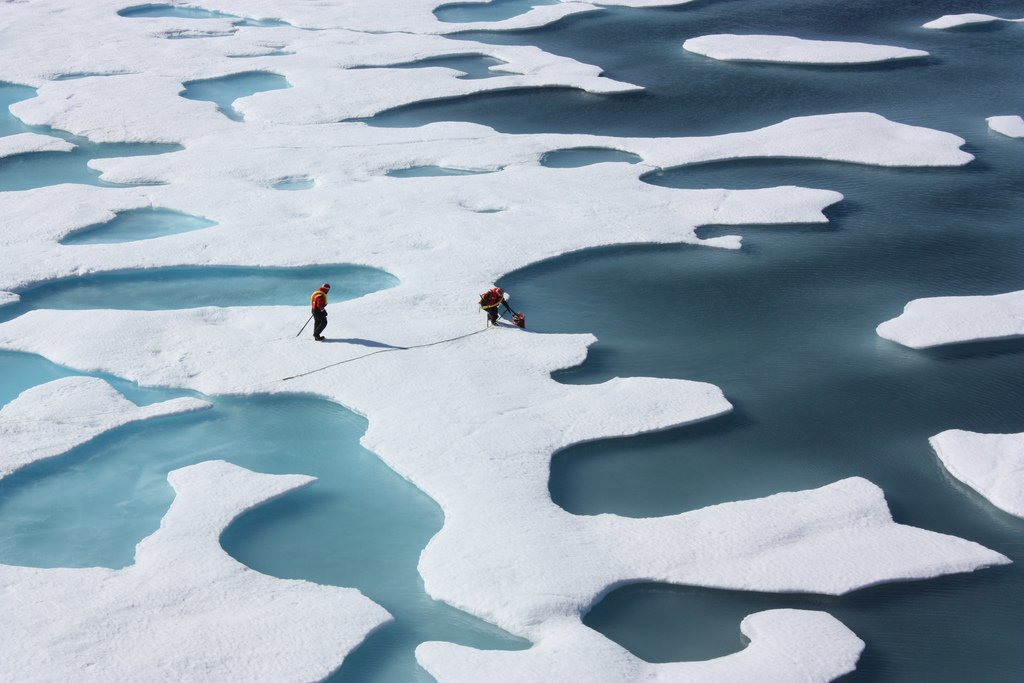
The world’s most vulnerable populations would bear the brunt of Greenland’s collapse despite contributing least to the problem that triggered it. Small island nations like the Maldives, Kiribati, and Tuvalu would face complete submersion, forcing entire cultures to relocate and potentially disappear forever. Bangladesh, home to over 160 million people, would lose vast swaths of its coastal agricultural land, creating refugee crises that would destabilize the entire South Asian region. African nations already struggling with drought and desertification would face additional challenges as changing weather patterns disrupt monsoon cycles and agricultural seasons. Pacific Island communities that have thrived for thousands of years would need to abandon ancestral lands, carrying their cultures to new homes while watching their birthplaces disappear beneath rising waves.
Technological Solutions and Geoengineering Possibilities

Desperate times often call for desperate measures, and crossing Greenland’s point of no return would likely trigger massive investments in technological solutions that currently exist only in science fiction. Solar radiation management through atmospheric aerosols could potentially slow the warming process, though this approach carries enormous risks of unintended consequences and wouldn’t address the underlying ice sheet dynamics. Advanced refrigeration systems powered by renewable energy might theoretically refreeze portions of the ice sheet, but the scale required would dwarf any engineering project in human history. Carbon capture technologies would become critical for preventing additional warming, though they couldn’t reverse changes already set in motion. Marine cloud brightening and other weather modification techniques might help protect coastal areas temporarily, but these solutions would require unprecedented international cooperation and massive financial investments that could exceed the GDP of entire nations.
Social and Political Ramifications

The collapse of Greenland’s ice sheet would trigger social and political upheaval on a scale humanity has never experienced, potentially reshaping international relations and domestic governance structures worldwide. Climate refugees numbering in the hundreds of millions would create unprecedented migration pressures, likely leading to conflicts over resources, territory, and cultural preservation. Existing political boundaries would become meaningless as entire coastal regions disappear, forcing the redrawing of national borders and potentially creating stateless populations. Resource distribution would become a critical source of international tension, as freshwater access, arable land, and habitable territory become increasingly scarce commodities. Democratic institutions might struggle to cope with the long-term planning required for such gradual but inevitable changes, potentially leading to more authoritarian governance structures focused on crisis management and resource allocation.
Agricultural and Food Security Implications

Global food systems would face disruption so severe that it could trigger widespread famine and fundamentally alter human dietary patterns and agricultural practices. Traditional breadbasket regions like the American Midwest and Ukrainian steppes might become unsuitable for current crops due to changing precipitation and temperature patterns. Rice production in Asia, which feeds billions of people, would face challenges from saltwater intrusion into coastal growing areas and disrupted monsoon patterns that provide essential irrigation. Livestock farming would need complete restructuring as grazing lands disappear under rising seas or become too hot for traditional breeds, while fishing industries would collapse in some regions due to changing ocean chemistry and currents. New agricultural frontiers might emerge in previously frozen areas of Canada, Siberia, and Scandinavia, but developing these regions would take decades while displaced populations face immediate food shortages.
Infrastructure Challenges and Urban Planning
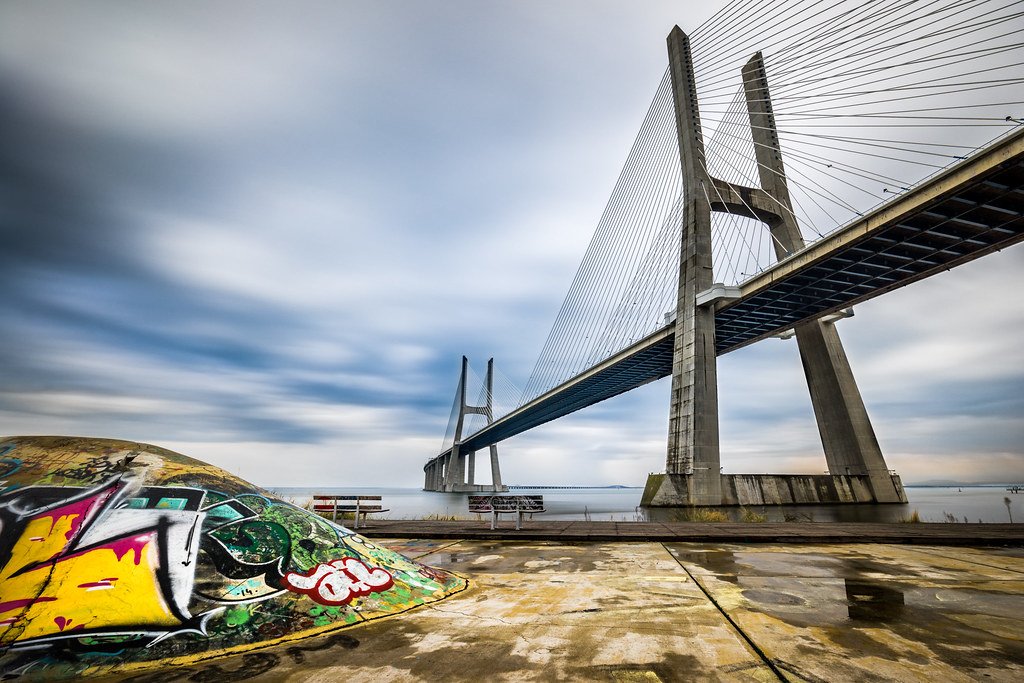
Cities worldwide would need to undergo the most massive infrastructure transformation in human history, making current urban planning challenges seem trivial by comparison. Coastal megacities would require complete reimagining, with some areas needing to be elevated, others protected by massive sea walls, and many simply abandoned to the rising waters. Transportation networks including airports, highways, and railways would need constant reconstruction as coastlines retreat and weather patterns become more extreme. Power grids would face unprecedented challenges from both increased demand for cooling and heating systems and the need to relocate major infrastructure away from flood-prone areas. Water treatment and sewage systems would require complete overhaul as saltwater intrusion contaminates freshwater supplies and changing precipitation patterns disrupt traditional water sources.
Psychological and Cultural Impact on Humanity

Perhaps the most profound and lasting impact would be the psychological trauma of watching human civilization’s relationship with the planet fundamentally change within a few generations. Entire cultures built around coastal living, maritime traditions, and stable seasonal patterns would face extinction, creating grief and loss on an unprecedented scale. Children growing up during the collapse would live with the constant awareness that their world is shrinking and changing in ways previous generations never imagined possible. The concept of permanent, stable human settlements would become obsolete as communities learn to build for temporary occupation and regular relocation. Mental health systems would need to develop entirely new approaches to dealing with climate anxiety, displacement trauma, and the unique psychological challenges of living through such gradual but inevitable environmental collapse.
What This Means for Future Generations
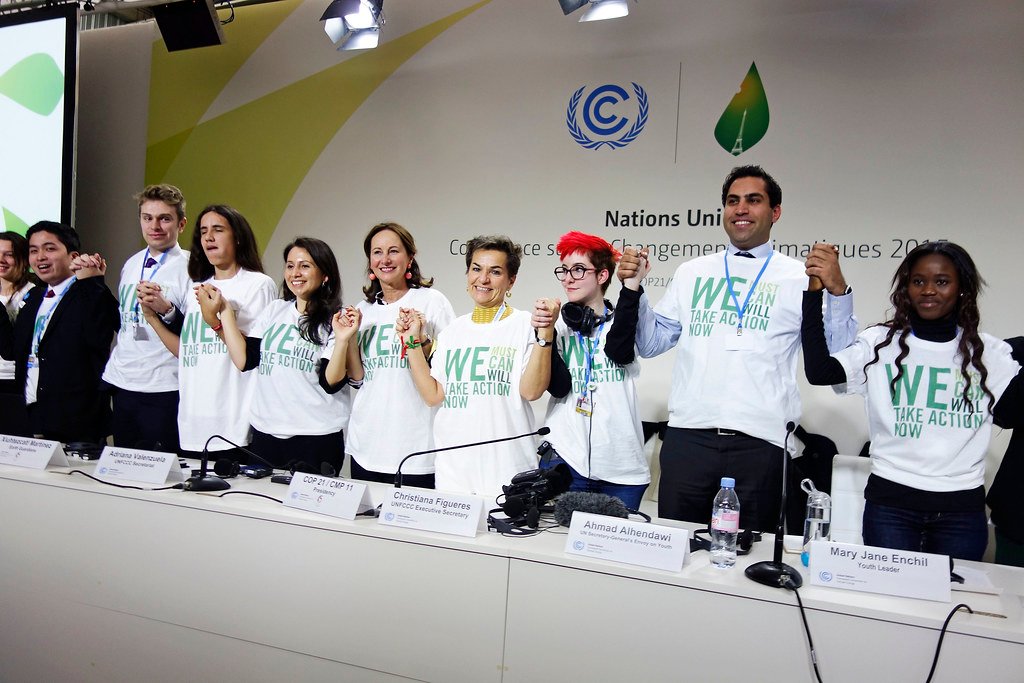
The children and grandchildren of today would inherit a planet so fundamentally different from the one we know that they might struggle to understand historical accounts of stable coastlines and predictable seasons. Their education would need to focus heavily on adaptation, migration, and resource management rather than traditional subjects, as survival skills become more important than abstract knowledge. Future generations would likely view our current era as the time when humanity either rose to meet its greatest challenge or failed catastrophically to prevent foreseeable disaster. They would live in a world where floating cities, underground communities, and nomadic societies might become the norm rather than science fiction concepts, as permanent settlement becomes impossible in many regions.
Preventing the Point of No Return

Despite the alarming scenarios described above, scientists emphasize that crossing Greenland’s point of no return is not inevitable if humanity acts decisively within the next decade. Rapid decarbonization of global energy systems, massive reforestation projects, and revolutionary changes in agriculture and transportation could still maintain the ice sheet’s stability. However, the window for action is closing faster than most people realize, and half-measures or delayed implementation could render even the most ambitious efforts insufficient. The scale of change required would dwarf the industrial transformations of previous centuries, demanding unprecedented cooperation between nations, industries, and individuals worldwide. Every fraction of a degree of warming matters enormously when dealing with such massive, slow-moving systems that can tip into irreversible collapse.
The prospect of Greenland’s ice sheet crossing its point of no return represents perhaps the most significant environmental threshold humanity has ever faced. The cascading effects would touch every aspect of human civilization, from the food we eat to the cities we inhabit, creating challenges that would persist for dozens of generations. While the timeline for complete collapse spans centuries, the decisions we make in the next few years could determine whether future humans inherit a manageable crisis or an unlivable planet. The science is clear, the consequences are predictable, and the choice remains ours – for now. What kind of world are we willing to leave behind?

